Record added successfully


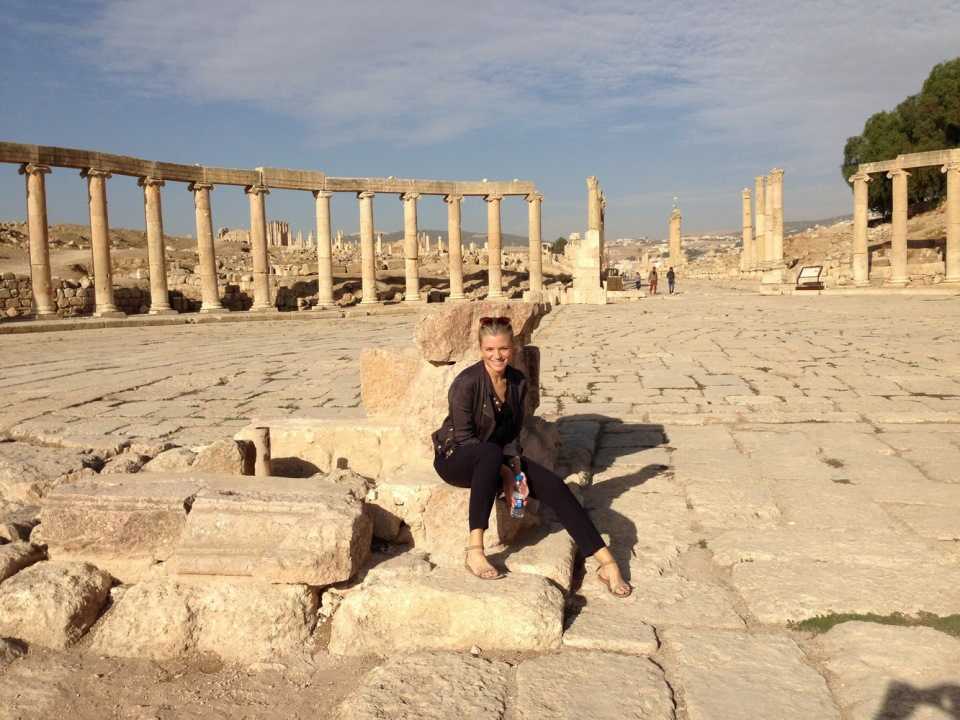
For centuries the ancient Biblical lands east of the Jordan lay derelict and deserted. In A.D. I 122, the crusader William of Tyre noted that Jerash was reduced to a mass of ruins. A terrible torpor had settled on this almost forgotten land which persisted right up to the beginning of the nineteenth century.
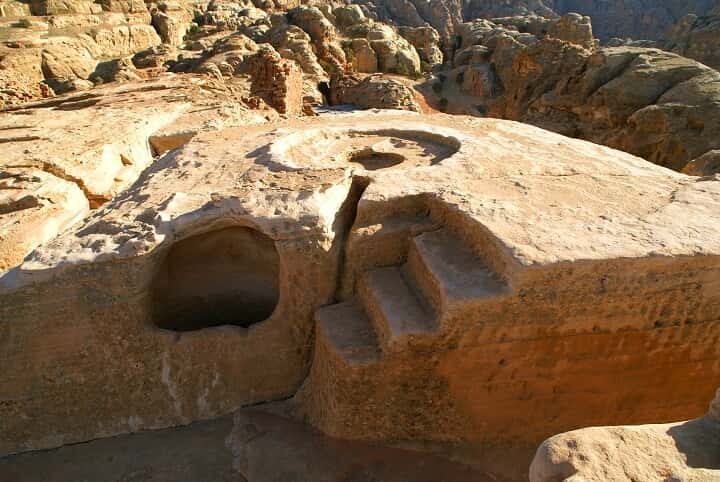
This is one of the most interesting trails in Petra area, in fact; this is my favorite trail. Visiting and exploring historical places on this part of Petra is amazing because every time I’m taking this trail I feel like if I’m the first and the only visitor who is discovering this area because it is very rare to see someone moving all over the trail ,
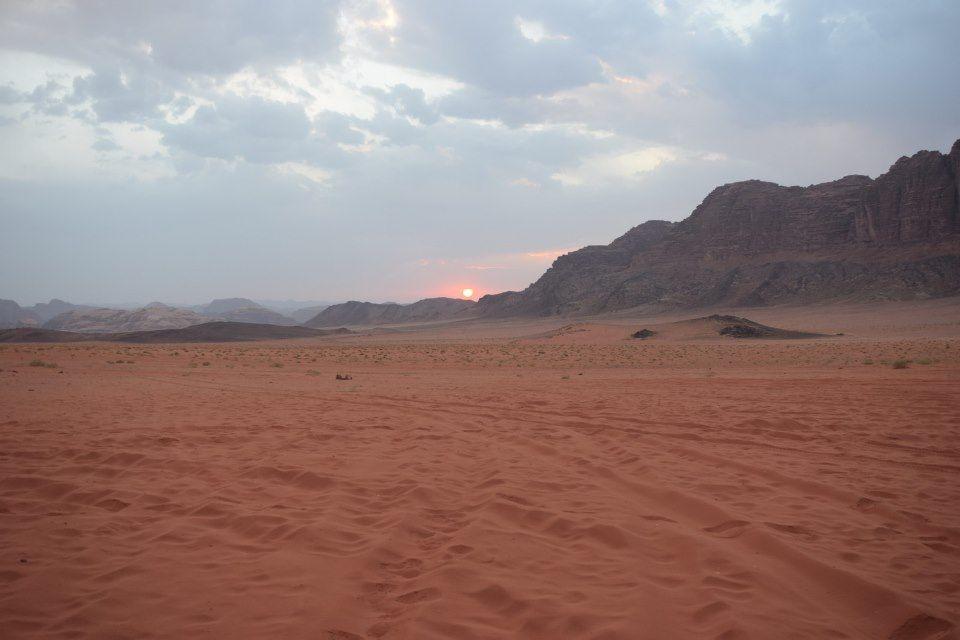
Wadi Rum was and still my favorite place to visit in Jordan, especially for camping and spending the night, and because it is my favorite place, I have created a special trip tour for two days trip that takes you to Petra
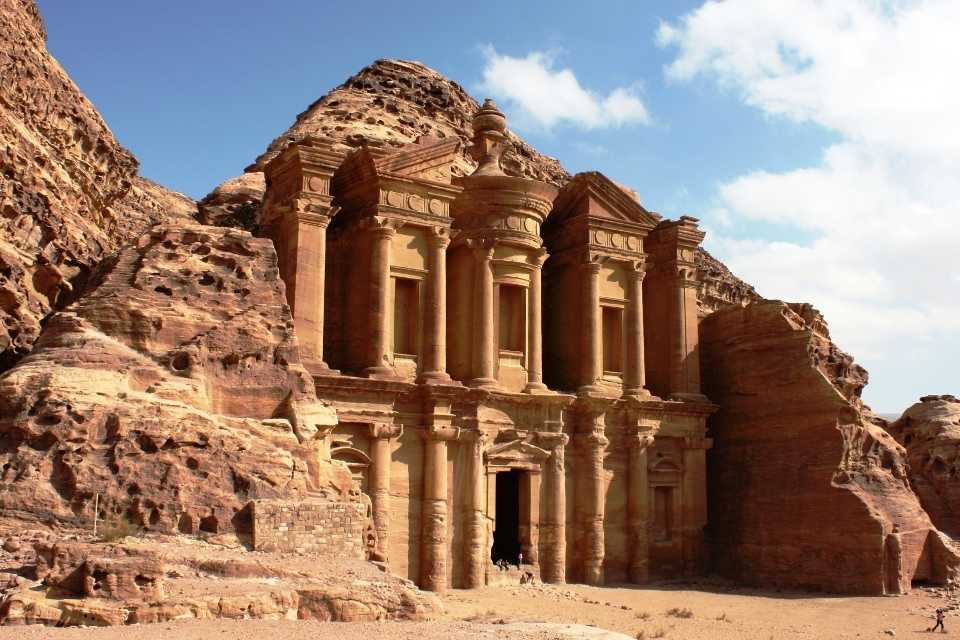
Petra is a huge place, and you need definitely number of days in order to visit most important sites on Petra city, and longer time indeed to visit every place on Petra.Some places are not visited at all by the tourists mostly cause of the lake of time on their schedule even these places does worth a trip visit,
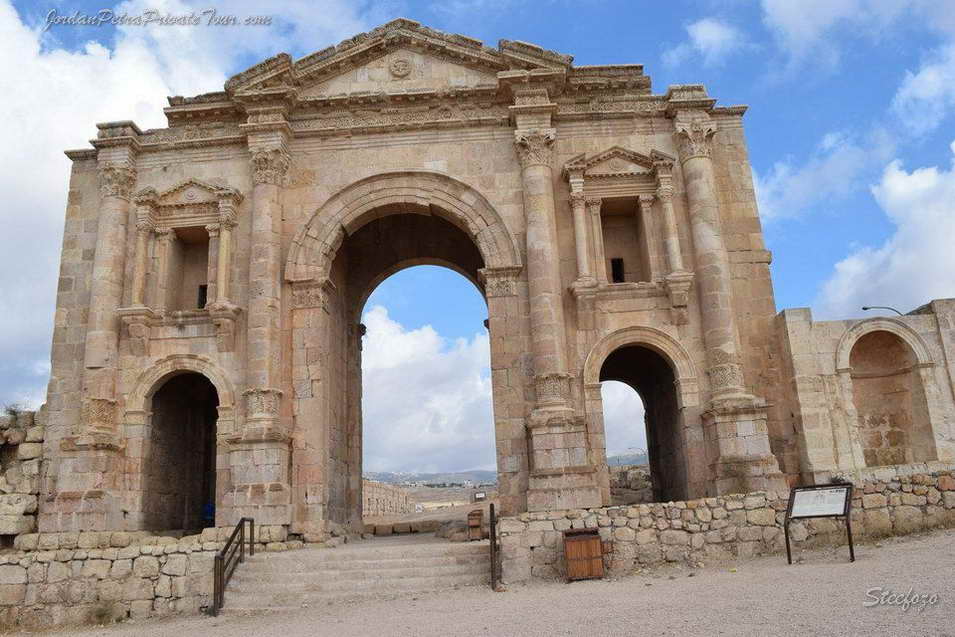
This is one of my articles series that I started with few months ago , where I decided to walk along a Day Trip on each of the main sites in Jordan , So I’ve already posted Petra Day Trip in a Photo ,and that article contains hundreds of detailed photos about Petra , and how is going to look in a quick day trip tour,

For centuries the ancient Biblical lands east of the Jordan lay derelict and deserted. In A.D. I 122, the crusader William of Tyre noted that Jerash was reduced to a mass of ruins. A terrible torpor had settled on this almost forgotten land which persisted right up to the beginning of the nineteenth century. It was a place as remote and as dangerous as the surface of the moon.